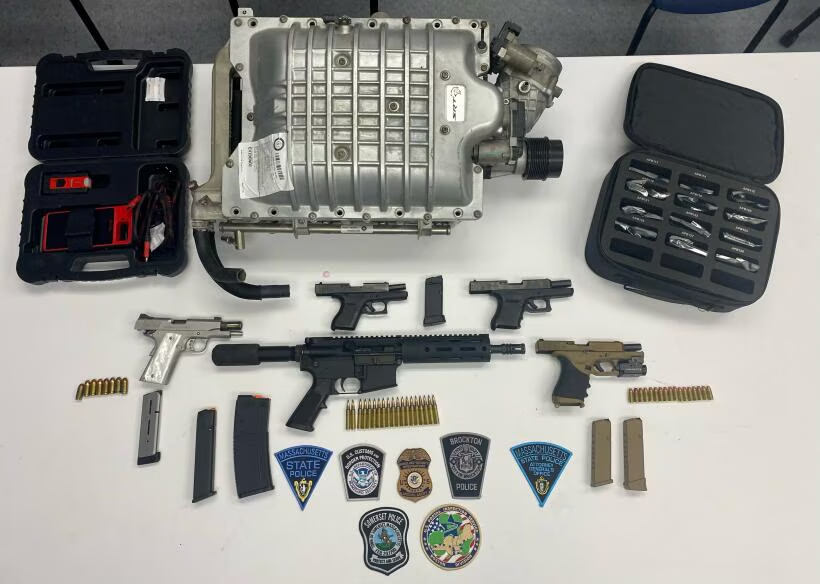
The U.S. property/casualty insurance industry will likely post a second consecutive year of underwriting losses for 2017, and it will be much worse than the year before, according to a new A.M. Best report. A surge in catastrophe losses during the second half of the year contributed to the spike.
Net underwriting losses will likely reach $29.3 billion for 2017, with the industry 2017 combined ratio deteriorating to 105.1. That compares to a $6.5 billion loss in 2016, and an industry combined ratio of 100.9 for that year, A.M. Best determined.
The spike in underwriting losses is not surprising, considering the record insured losses carriers have been dealing with in the wake of Hurricanes Harvey, Irma and Maria and the California wildfires that struck in the 2017 second half. Swiss Re, for example, estimated that global insured catastrophe losses reached $136 billion in 2017, up from $65 billion in 2016, driving largely by the cluster of natural disasters in later 2017.
A.M. Best noted that these catastrophe losses surpassed historical averages and had a widespread impact on the industry as a result. Still, a strong capital base helped most insurers and reinsurers cope with these losses and risks even though their net income and operating income plunged.
Not Just Natural Catastrophe Losses
Natural catastrophe losses weren’t the only factor that swelled 2017 underwriting losses. A.M. Best pointed out, for example, that the personal lines segment was also adversely affected by higher losses for auto liability, much of which were connected to adverse development of previous accident years’ loss reserves. There were also higher costs for vehicle repairs that adversely affected physical damage losses, according to the A.M. Best report.
For 2018, A.M. Best expects rate increases, but predicts they’ll remain in the low single digits for most lines in the U.S. One exception: property lines.
“Rates for property lines will vary substantially, depending on 2017 experience and exposure to catastrophes,” according to the A.M. Best report. The ratings agency added it envisions mid-single digit rate hikes for commercial and personal auto liability, because of adverse development of losses from previous years.
Some Positives
A.M. Best said it sees at least one positive that could come from the 2017 hike in catastrophe losses: greater attention on price competition in casualty lines. This could happen to lines such as general liability and directors and officers liability, among others, according to the report.
“There was a broad acknowledgement among senior industry leaders that pricing for many casualty lines had fallen to unsustainable levels, as profits were buoyed by the strong performance of property lines in years when catastrophe losses remained at low or below historical levels,” the A.M. Best report noted. “Whether the market will sustain significant upward pricing in these lines remains uncertain, but a decline in competition as carriers retrench due to performance issues would be beneficial to the industry.”
Furthermore, A.M. Best said, it doesn’t expect the decline in underwriting income to hurt overall income results in 2017 or 2018, thanks to investment income, and capital gains, both realized and unrealized.
The capital gains element “will contribute significantly to income and capital on the tailwind of ongoing favorable equity market conditions,” A.M. Best said.
A.M. Best’s full report is called “U.S. Property/Casualty: 2018 Review & Preview.”




















 East Coast High-End Car Theft Ring Busted
East Coast High-End Car Theft Ring Busted  December 22 Predicted as Worst Day for Holiday Travel This Year
December 22 Predicted as Worst Day for Holiday Travel This Year  Most Distracting Holiday Songs for Drivers Ranked
Most Distracting Holiday Songs for Drivers Ranked  CCC Intelligent Solutions Acquires EvolutionIQ for $730M
CCC Intelligent Solutions Acquires EvolutionIQ for $730M 











